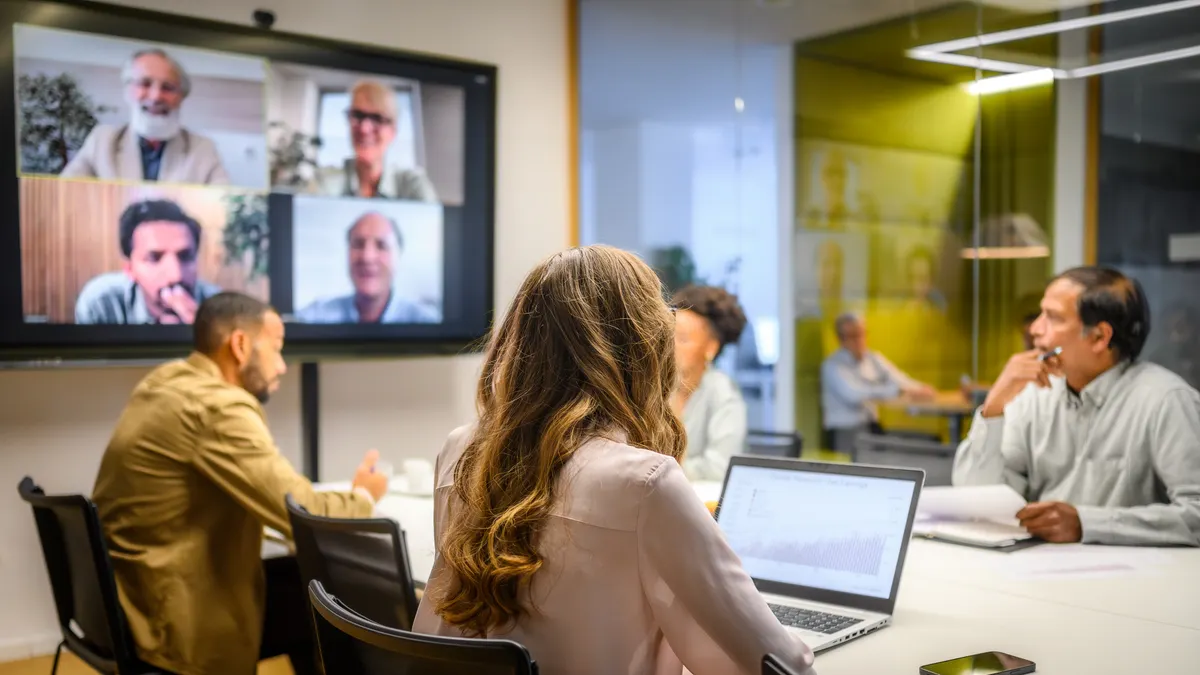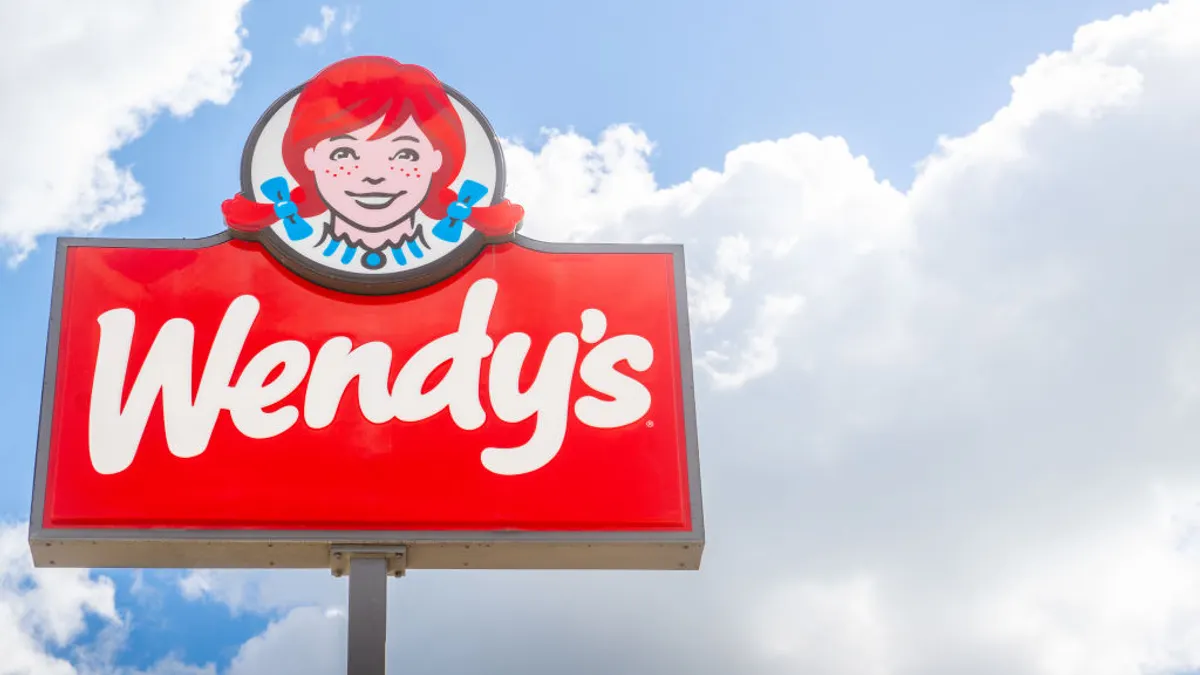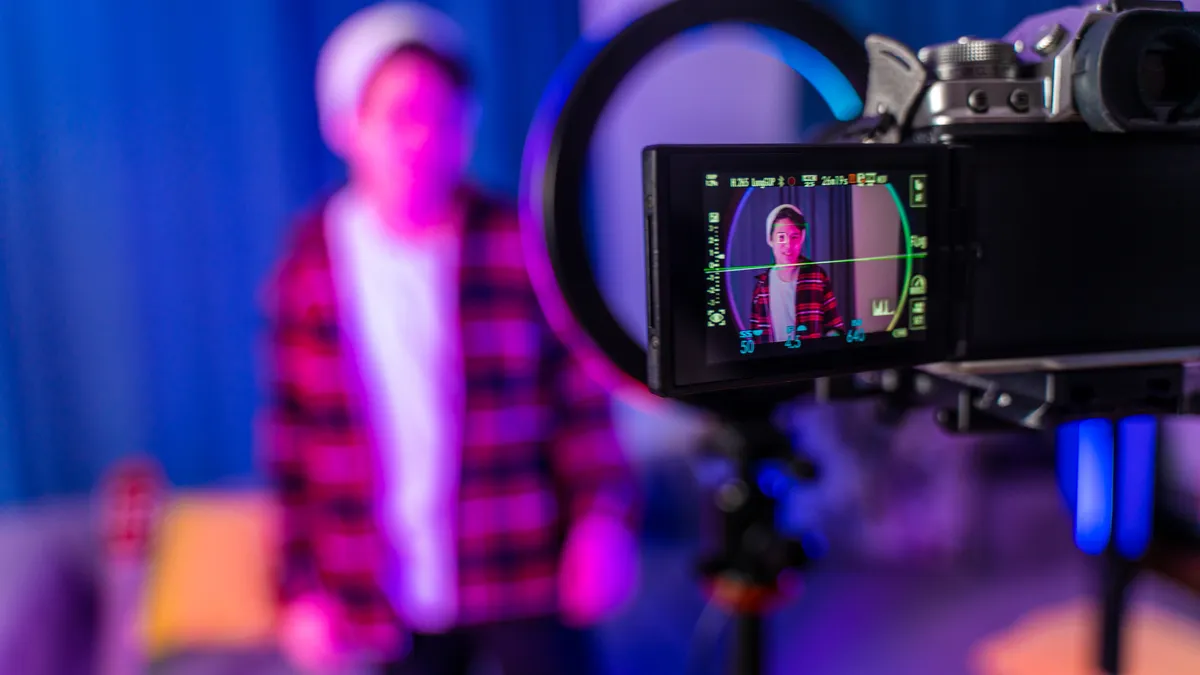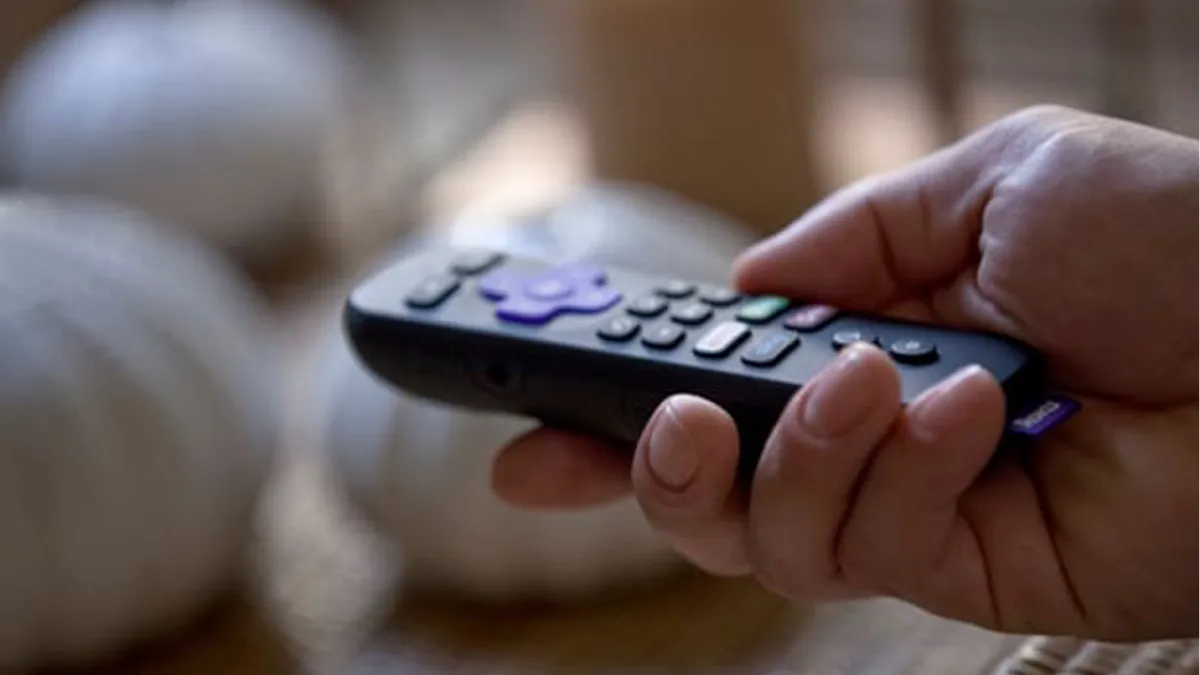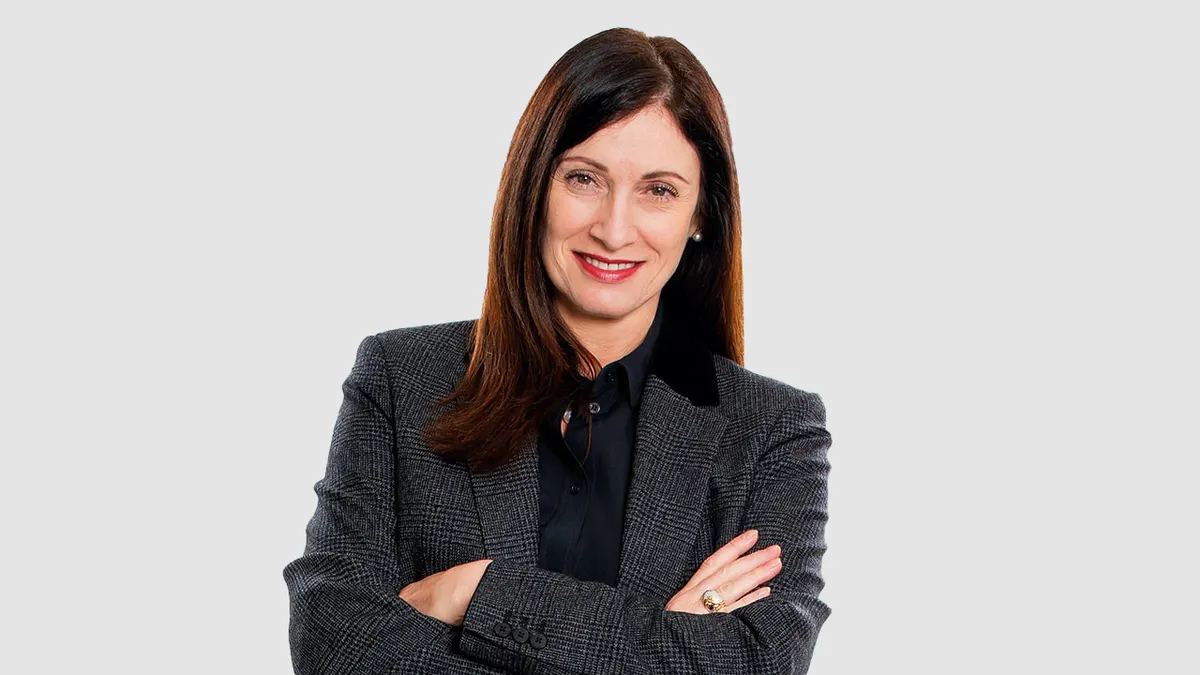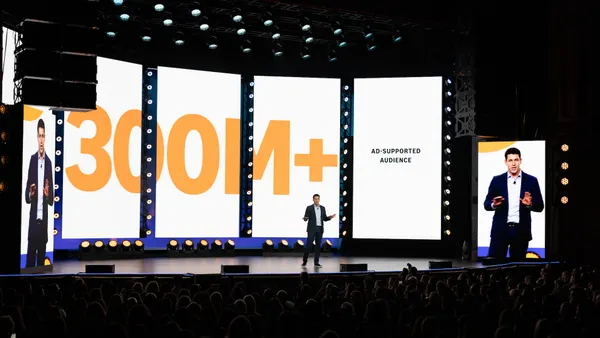Nearly one in two people in the creative industry, which includes advertising, marketing, public relations and media, identify as neurodivergent, which is significantly higher than the general population (31%), according to a study from Understood, Havas and the American Association of Advertising Agencies (4As). Despite the outsized representation, one in three neurodiverse industry professionals do not feel satisfied in their role and at least 25% have faced bias or discrimination.
Neurodiversity refers to differences in brain functioning related to autism, attention-deficit/hyperactivity disorder (ADHD) and dyslexia. Neurotypical is often used to describe the larger population.
“If 50% of creatives are neurodivergent, you're not engaging 50% of the workforce,” said Nathan Friedman, co-president and CMO, Understood. “Take the total number of the ad industry in the U.S., divide it in half…that’s not an insignificant number.”
“Unlocking neurodiversity: A creative advantage” is composed of three different parts: a review of over 100 peer-reviewed articles on creativity and neurodivergence, a survey of 300 employees in advertising and related fields and in-depth interviews with eight neurodiverse employees working in the advertising industry.
Work is a struggle
Stigma prevents half of all neurodivergent creatives from talking about their neurodivergence at work. This is 56% higher than neurodivergent people in other industries, suggesting those in the creative industry feel a stronger need to hide their differences compared to those in other fields. Approximately 90% of neurodivergent creatives report masking (presenting in a way that is more inline with neurotypical standards), along with feelings of imposter syndrome and overcompensation.
Approximately 75% of creative professionals, both neurodivergent and neurotypical, feel held back creatively. This is because these employees feel the current process puts speed and real-time performance over depth and divergent thinking, according to the report. The findings indicate current industry practices and expectations, especially surrounding focus, communication and information processing, can exacerbate the struggles felt by neurodiverse individuals. Constant meetings can leave little time to process information, while real-time messaging and open office plans can be overwhelming and rigid beliefs can block creativity.
“Technology is compromising creativity; productivity at agencies is being compromised by an Excel sheet that retracts from how many hours you're spending on something, etc, and that leaves people who are in the creative industry, particularly those that are neurodivergent...feeling like they have been held back creatively. That is a shame, because creatives need to be able to unlock the power of creativity, but are not in environments that allow them to do so,” said Friedman.
Over half of neurodivergent creatives have trouble with time management and organization. Additionally, approximately 90% of employees find working on a deadline blocks creativity. However, 85% said deadlines help with productivity, according to the report.
Untapped potential
Neurodivergent consumers have nearly $2 trillion in global spending power, per the research. However, to tap into this market, agencies need people with shared experiences to be able to express themselves authentically. One way to start is by making the industry more inclusive, the research suggests
While the majority of employees are aware of accommodations, only 18% of neurodivergent creatives request them, mostly out of fear of being seen as “needy.” However, accommodations can make a difference, with nearly 80% of employees who request them being satisfied with the outcome.
Artificial intelligence (AI) could be one solution. Over half of employees surveyed report using AI at work, outpacing the general population at 20% to 40%. Neurodivergent creatives may also use AI more than neurotypical ones, according to the report.
“Why would we not want to provide the tools, resources and technology that helps everybody do their job better? And a lot of accommodations cost up to nothing,” said Friedman. “There's a lot of ways in which organizations can evolve, but it really starts with how people can understand the community and opportunities that exist within this important group.”



